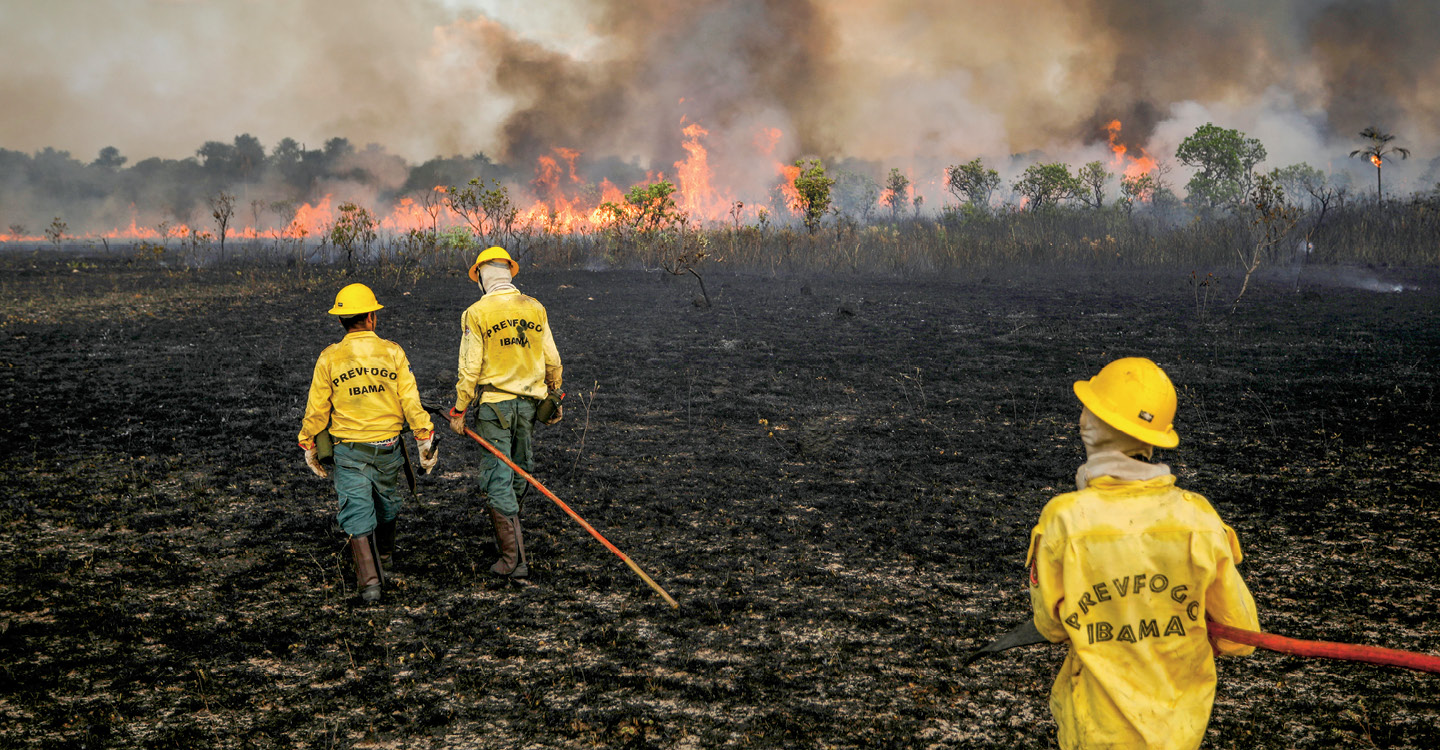For months late last year, black clouds hung over the Amazon rainforest as work crews burned and chain-sawed through it. When the rainy season arrived in December, the smoke finally cleared and gave the world a shocking view of the damage.
Brazil’s space agency reported that in a single year, more than 3,700 square miles of the Amazon had been razed—a swath of jungle nearly the size of the entire country of Lebanon torn from Earth’s largest rainforest.
It was the biggest loss in Brazilian rainforest in a decade, and many scientists saw it as stark evidence of just how badly the Amazon has fared during President Jair Bolsonaro’s first year in office.
Bolsonaro, a pro-business populist, has vowed to open the rainforest to industry and scale back its protections. His government has followed through, cutting funds and staffing that had been dedicated to enforcement of environmental laws. In the absence of federal agents to protect the Amazon, waves of loggers, ranchers, and miners moved in to satisfy global demand for timber, beef, and soybeans.
For months late last year, black clouds hung over the Amazon rainforest. Work crews burned and chain-sawed through the bush. When the rainy season arrived in December, the smoke finally cleared. That gave the world a shocking view of the damage.
Brazil’s space agency reported that in a single year, more than 3,700 square miles of the Amazon had been destroyed. That amount of land is nearly the size of the entire country of Lebanon. In other words, a huge chunk is now missing from the Earth’s largest rainforest.
It was the biggest loss in Brazilian rainforest in a decade. Many scientists saw it as stark evidence of just how badly the Amazon has been managed during President Jair Bolsonaro’s first year in office.
Bolsonaro is a pro-business populist. He’s vowed to open the rainforest to industry and scale back its protections. His government has followed through. They’ve cut funds and staffing that had been dedicated to enforcing environmental laws. The absence of federal agents to protect the Amazon made way for waves of loggers, ranchers, and miners. These workers have moved in to meet global demand for timber, beef, and soybeans.

